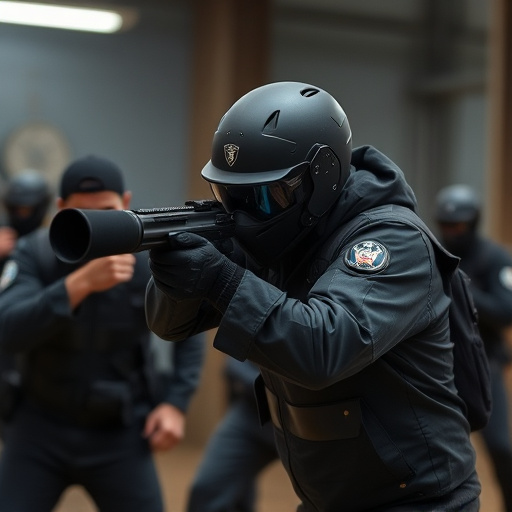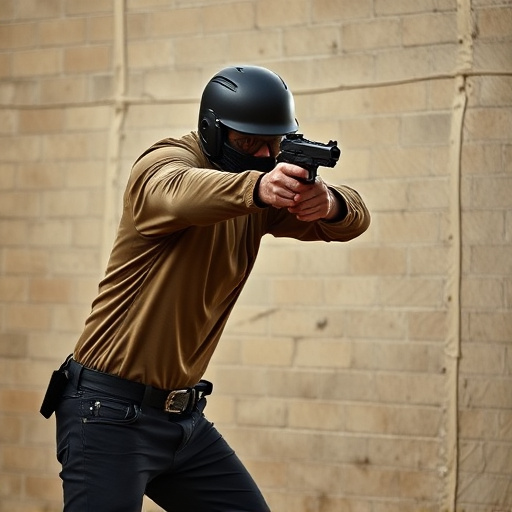Tasers and stun guns, both non-lethal weapons, differ in design and range. Tasers fire probes for muscle contractions within 35 feet, while stun guns emit a high-voltage shock up to 7 meters. Stun guns, easily accessible as affordable high voltage models online, are popular for personal defense due to their affordability and convenience.
“Unraveling the mysteries of self-defense equipment, this article sheds light on Tasers and stun guns—two powerful tools with distinct differences. We delve into their unique mechanisms, offering a comprehensive guide for those seeking effective personal safety.
Moreover, exploring the world of affordable high voltage stun guns online, we guide you through essential features and present top-rated options, ensuring you’re equipped with reliable, budget-friendly self-defense solutions.”
Taser vs Stun Gun: Understanding the Key Differences

When it comes to personal safety, Tasers and stun guns are often considered comparable tools, but there are distinct differences that set them apart. Both devices deliver an electric shock to incapacitate a potential attacker, but they operate on different principles and have unique features. Tasers, officially known as Conducted Electrical Weapons (CEWs), fire small probes into the target, delivering a high-voltage, low-current pulse through these probes. This causes muscle contractions, disorienting the individual without causing significant physical harm. In contrast, stun guns generate a direct electric current that flows between two contacts on the device, creating an intense shock when pressed against the attacker’s body.
One key difference lies in their operational range and safety features. Tasers typically have a shorter effective range, around 2-3 meters, and require physical contact to be effective. Stun guns, however, offer a longer reach, often up to 5-7 meters, allowing users to disable an assailant from a greater distance. Additionally, while both devices can be purchased by civilians in some jurisdictions, stun guns are generally more readily available online, including affordable high voltage stun guns, making them a popular choice for personal protection.
– Define Tasers and Stun Guns

Tasers and stun guns are both non-lethal weapons designed to temporarily incapacitate a person, but they function differently. A taser, short for “thermally activated electric weapon,” uses small probes connected to electrical cords to deliver an electric current, causing muscle contractions and disorientation. This unique mechanism can disable a target at a range of up to 35 feet (10.7 meters), making it a popular choice for law enforcement and personal defense. On the other hand, stun guns, also known as electronic control devices (ECDs), emit a high-voltage, low-amperage electrical charge through a metal probe or tip when activated. This shock can cause intense pain and temporary paralysis, rendering the target immobile for several minutes. Stun guns are often considered more accessible and affordable high voltage stun guns online, making them a popular self-defense option for individuals seeking personal safety.
When comparing Tasers and stun guns, understanding their distinct differences is crucial for making an informed decision. While both devices deliver a powerful electrical shock, Tasers are designed for law enforcement and offer a more controlled and prolonged stun effect. Stun guns, on the other hand, are generally more accessible to civilians and provide a shorter but intense jolt. For those seeking affordable high-voltage stun guns online, understanding these differences ensures the right choice based on individual needs and legal considerations.
